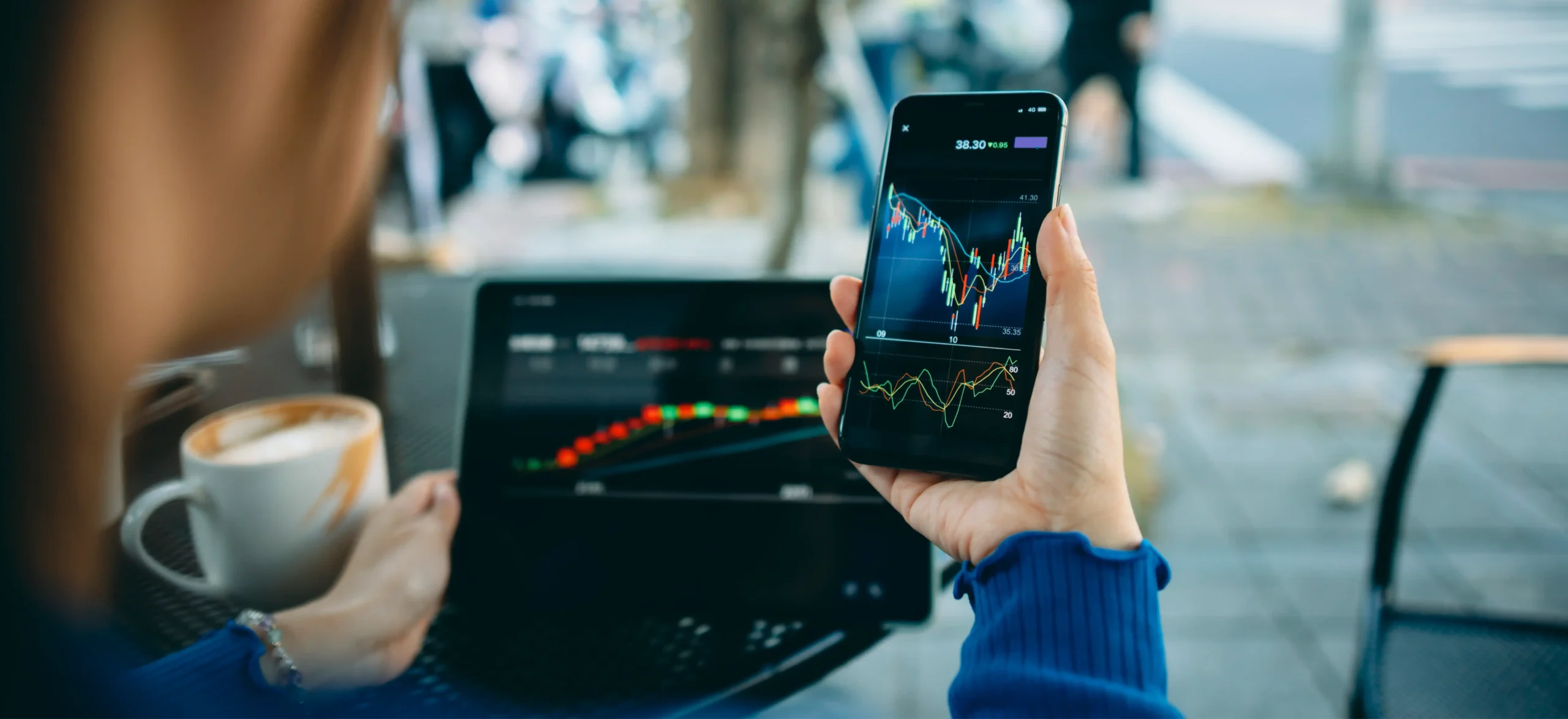Advanced Technical Analysis Techniques for Cryptocurrency Traders
Understanding Advanced Chart Patterns
Chart patterns are critical in predicting future price movements based on historical data. While classic patterns like head and shoulders or double tops are well-known, elite traders should focus on more intricate formations.
1. Complex Candlestick Patterns
Candlestick patterns can signal market reversals or continuations. Beyond basic patterns like doji or hammer, delve into more complex formations:
– Three Black Crows and Three White Soldiers: These patterns indicate strong bearish or bullish trends, respectively. Analyzing them in conjunction with volume can offer clearer insights into potential market movements.
– Rising and Falling Three Methods: These patterns suggest brief consolidation within a larger trend. Understanding the context of these patterns can help anticipate breakout or breakdown points.
2. Advanced Chart Patterns
– Gartley Pattern: A harmonic pattern that identifies potential reversal points using Fibonacci ratios. Recognizing this pattern requires precise measurement of price swings and understanding of Fibonacci levels.
– Bat and Butterfly Patterns: These patterns provide more complex reversal signals compared to simpler formations. They rely on the interplay of Fibonacci retracements and extensions to forecast price movements.
Utilizing Sophisticated Indicators
While common indicators like Moving Averages and RSI are fundamental, advanced traders should leverage more nuanced tools to refine their analysis.
1. Ichimoku Cloud
The Ichimoku Cloud offers a comprehensive view of market trends, support, and resistance levels. This indicator includes:
– Tenkan-sen (Conversion Line): Provides short-term momentum.
– Kijun-sen (Base Line): Reflects longer-term trends.
– Senkou Span A and B (Leading Spans): Form the cloud, indicating future support and resistance.
– Chikou Span (Lagging Line): Shows the current price in relation to past prices.
Analyzing the Ichimoku Cloud can help you determine overall market direction, entry and exit points, and potential trend reversals.
2. Elliott Wave Theory
Elliott Wave Theory posits that markets move in repetitive cycles driven by investor sentiment. The theory is based on the following principles:
– Impulse Waves: Five-wave patterns that follow the main trend.
– Corrective Waves: Three-wave patterns that move against the main trend.
Understanding these waves helps identify market phases and potential turning points. Combining Elliott Wave analysis with other tools can enhance forecasting accuracy.
Leveraging Quantitative Analysis
Quantitative analysis involves using mathematical and statistical methods to analyze market data. For elite traders, this approach provides deeper insights and can aid in developing algorithmic trading strategies.
1. Statistical Arbitrage
Statistical arbitrage involves using mathematical models to exploit price inefficiencies between related assets. This technique relies on historical data and statistical methods to predict price movements and identify trading opportunities.
2. Machine Learning and AI
Machine learning algorithms can analyze vast amounts of data to identify patterns and predict market trends. Elite traders are increasingly utilizing AI tools to enhance their trading strategies. These tools can adapt to new information and refine their predictions over time.

Applying Multi-Timeframe Analysis
Multi-timeframe analysis involves examining multiple timeframes to gain a comprehensive view of market trends and potential trading opportunities.
1. Identifying Trends Across Timeframes
Analyzing trends across different timeframes helps confirm the strength and direction of a trend. For example:
– Long-Term Trends: Use weekly or monthly charts to identify overarching trends.
– Medium-Term Trends: Analyze daily or 4-hour charts to pinpoint potential trade setups.
– Short-Term Trends: Utilize 1-hour or 15-minute charts for precise entry and exit points.
2. Synchronizing Signals
Align signals across multiple timeframes to validate trading decisions. For instance, a bullish trend on a daily chart might be confirmed by a shorter-term uptrend on an hourly chart, increasing the likelihood of a successful trade.
Incorporating Volume Analysis
Volume analysis provides insights into the strength of price movements. Understanding volume trends can enhance the accuracy of your technical analysis.
1. Volume Profile
Volume Profile displays the volume traded at different price levels, helping identify key support and resistance zones. Analyzing the volume profile can reveal areas of high interest and potential breakout points.
2. On-balance volume (OBV)
The OBV indicator accumulates volume based on price direction, providing insights into the strength of trends. Rising OBV with increasing prices suggests bullish strength while falling OBV with decreasing prices indicates bearish pressure.

Combining Technical Analysis with Fundamental Insights
While technical analysis focuses on price and volume, combining it with fundamental analysis can provide a more comprehensive view of the market.
1. Market Sentiment Analysis
Understanding market sentiment through news, social media, and other sources helps gauge investor psychology. Integrating sentiment analysis with technical indicators can provide additional context for your trading decisions.
2. Economic Events and Announcements
Major economic events and announcements can impact cryptocurrency markets. Analyzing how these events affect market trends can help refine your technical analysis and anticipate potential market movements.
Conclusion:
Mastering advanced technical analysis techniques is crucial for elite cryptocurrency traders aiming to gain a competitive edge. By incorporating complex chart patterns, sophisticated indicators, quantitative analysis, multi-timeframe analysis, and volume analysis, you can enhance your trading strategy and make more informed decisions.
Combining these techniques with fundamental insights and market sentiment analysis will further refine your approach and help you navigate the dynamic world of cryptocurrency trading.








Risk Warning: Online trading involves risks and is not suitable for everyone. Trading in foreign exchange, commodities, indices, stocks, or other financial instruments involves a degree of leverage, which can lead to substantial gains or losses. While leverage can amplify profits, it can also magnify losses. Therefore, it’s important to understand that you might lose more than your initial investment.
Before engaging in online trading, consider your investment objectives, experience level, and risk tolerance. It’s important to be aware that past performance is not indicative of future results, and prices of assets can fluctuate. We recommend consulting with an independent financial advisor if you’re unsure about the suitability of online trading for your financial situation.
Remember, trading should be approached with caution and informed decision-making, aligning with your financial goals and risk appetite.
© Copyright Market4s 2024


